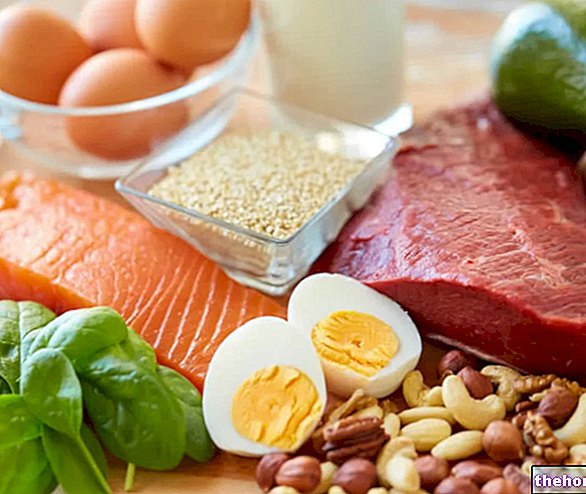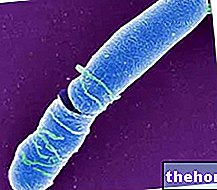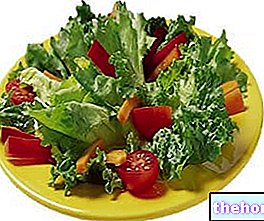and spinach. From the grinding of quinoa seeds, a flour containing mainly starch is obtained, which allows this plant to be classified as a full-fledged commodity grain despite not belonging to the botanical family of grasses. Quinoa is known as a pseudocereal because it is consumed just like a cereal and has a similar nutritional profile.
Rich in nutrients, it has significant health benefits. It's a complete protein: A cooked cup of quinoa has 8 grams of protein. Quinoa is one of the few plant-based sources of complete protein. This means that it contains all nine essential amino acids that the body needs, however it is higher in calories than other sources of protein.
It is gluten free. Quinoa is naturally gluten-free. It is essential, however, when buying from large retailers, to pay attention to the labels, as the product of some brands can undergo cross-contamination with other cereals such as wheat, during processing. In case of celiac disease or sensitivity to gluten, use only certified gluten-free brands.
It is rich in fiber. One cup of quinoa contains 5 grams of dietary fiber, more than white or brown rice. Fiber helps prevent constipation, control blood sugar levels, and reduce cholesterol. Fiber also contributes to prolonged satiety, aiding weight control.
It is rich in minerals. Quinoa is an excellent source of: iron, magnesium, phosphorus, manganese, zinc. It also contains calcium, potassium and selenium.
It may be good for the gut. Quinoa may help protect the gastrointestinal tract. Polysaccharides in the cell wall of quinoa have shown gastroprotective activity against acute gastric injury.
base for different populations in the world. There are different types, but the most popular are white rice and brown rice. White rice is the less nutritious of the two. The husk, the bran and most of the germ have been removed. Many brands of white rice are enriched to restore the nutrients lost during processing. The husks are removed from the brown rice, but the bran and germ remain healthy. White and brown rice are low in fat and sodium. They are free of cholesterol and trans fats. Other health benefits are as follows ..
It is naturally gluten free. Like quinoa, rice is a great option if you are on a gluten-free diet. Beware of flavored rice or rice used in sushi, they may contain gluten-based ingredients.
It is a good source of minerals. Rice is an excellent source of: phosphorus, manganese, selenium and magnesium. It contains lesser amounts of copper, calcium and zinc.
It is easy to digest. White rice is known to be delicate and easily digested, suitable for gastrointestinal disorders. It is part of the BRAT diet (bananas, rice, apples and toast), a diet that is sometimes suggested as an anti-emetic and anti-diarrheal.
, and to reduce damage to blood vessels.
Helps to control blood sugar. Compared to white rice, brown rice helps to control blood sugar, and is therefore more suitable for the diet of people who have been diagnosed with type 2 diabetes.
White rice, wholemeal or quinoa: the most suitable for losing weight
Like quinoa, brown rice is higher in fiber than many other refined carbohydrates and can contribute to weight loss, thanks also to prolonged satiety. A study has shown that simply adding more fiber to the diet can help some people who have difficulty following other diets to lose weight. Another study found that eating brown rice instead of white rice helped reduce abdominal fat. This could be because brown rice has a low glycemic index (meaning it doesn't raise your blood sugar).
See other articles tag Soup - Rice - Milk - Potatoes - Soups




























